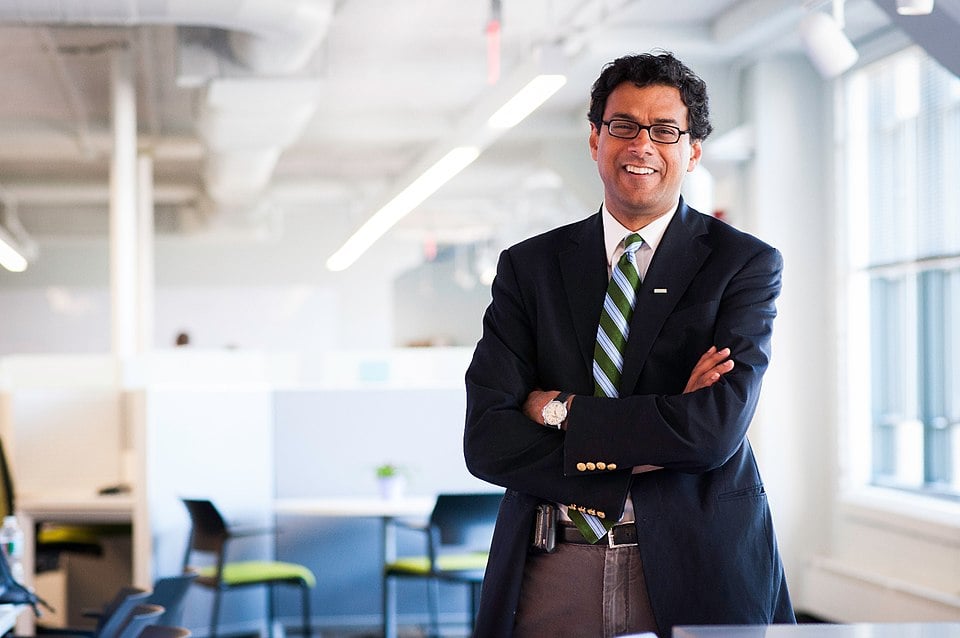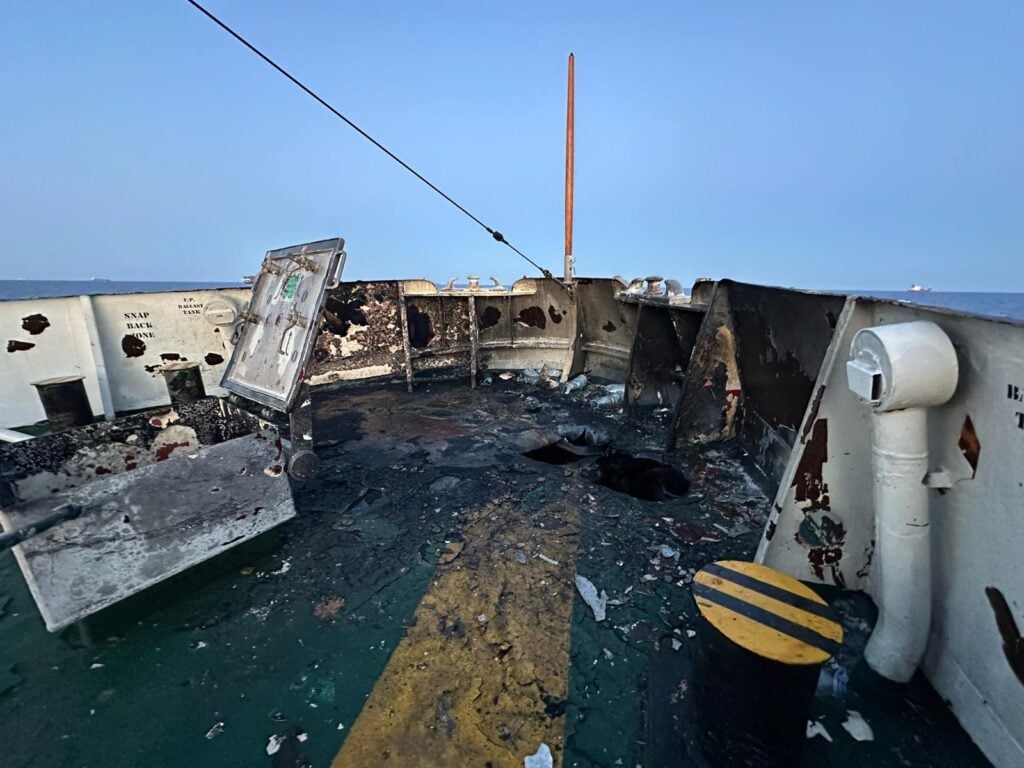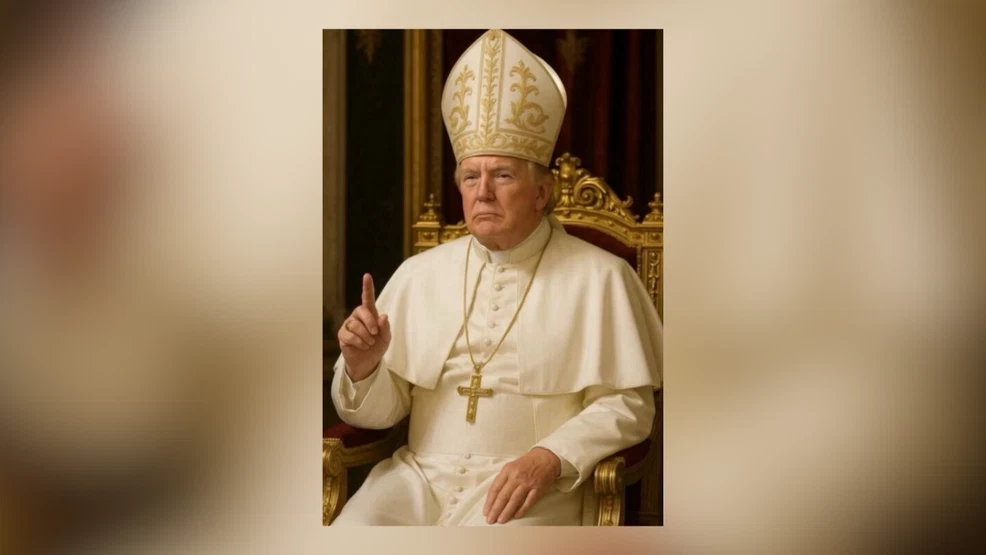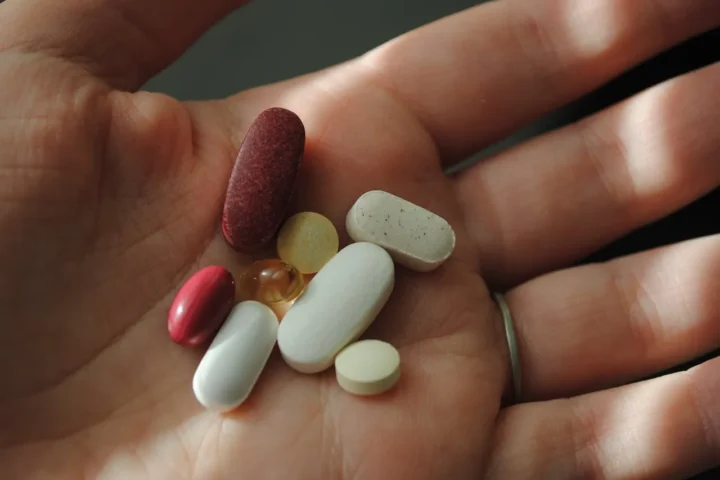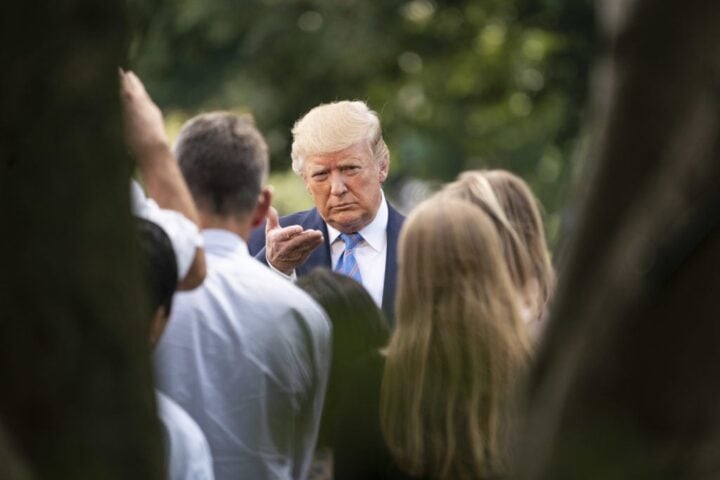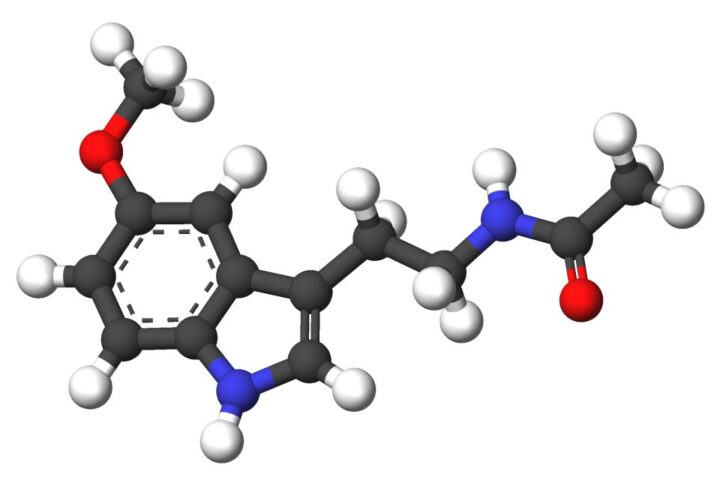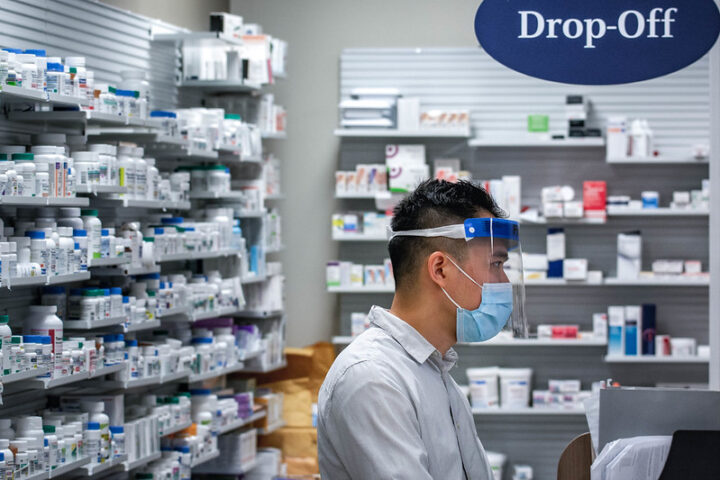The recent dismantling of USAID global health programs threatens years of progress in disease surveillance and maternal health care, according to former USAID Assistant Administrator Dr. Atul Gawande. Speaking at Harvard on April 28, Gawande described the cuts as “devastating” to health systems worldwide.
“USAID cannot be restored to what it was,” Gawande told the Harvard audience. “But it’s not too late to save some of the infrastructure and talent that made these programs successful.”
The Scale of Disruption
The Trump administration has fired almost all USAID staff and terminated over 85% of global health programs, according to Gawande. This has dismantled a 50-country disease surveillance network that once reduced outbreak response times from two weeks to under 48 hours.
Programs fighting HIV, tuberculosis, and malaria that serve tens of millions of people worldwide now risk collapse. The impact extends beyond direct healthcare delivery to essential scientific research and pandemic preparedness.
WHO Director-General Tedros Adhanom Ghebreyesus called the situation the “greatest disruption” in memory, with the organization facing a $600 million funding gap. This has forced a proposed 21% budget cut for 2026–27, from $5.3 billion to $4.2 billion.
Real Human Costs
Eight countries—Haiti, Kenya, Lesotho, South Sudan, Burkina Faso, Mali, Nigeria, and Ukraine—could run out of HIV medication stocks in coming months, potentially reversing two decades of progress.
The human toll extends to disaster response as well. Three USAID workers were dismissed while responding to Myanmar’s March earthquake. They were forced to sleep outdoors amid aftershocks, showing how these cuts directly impact crisis response capabilities.
“I’m quite uncertain about whether America is going to lead in global health any time soon,” Gawande stated at the Harvard Gazette event.
Similar Posts:
Filling the Void
Bill Gates has met with National Security Council members and lawmakers to stress that his Foundation cannot replace U.S. government funding for health programs. Despite an $8 billion annual budget, the Gates Foundation lacks the capacity to maintain programs like PEPFAR, Gavi, and WHO funding at previous levels.
Meanwhile, China has pledged $13.7 million in Myanmar earthquake relief, with Russia also expanding health investments across Africa, Asia, and Latin America—filling spaces where American influence is retreating.
Secretary of State Marco Rubio publicly acknowledged that the U.S. can no longer supply the bulk of global humanitarian aid and urged other wealthy nations to increase contributions, as noted in the Reuters report on USAID workers in Myanmar.
Institutional Response
A confidential UN task force memo recommends consolidating dozens of specialized agencies into four core departments to address “fragmentation, overlapping mandates, and bloated senior staffing.” This includes merging UNAIDS into WHO and combining operational wings of WFP, UNICEF, and UNHCR, according to Reuters’ coverage of the UN overhaul.
European Union countries face their own challenges in filling the gap. Several EU member states—including Germany, France, Italy, and Spain—are cutting development spending. Brussels officials have conceded they cannot fill the gap alone, as outlined in The Guardian’s analysis of EU budget cuts.
Domestic Impact
The funding freeze has halted over $2 billion in Harvard research grants, including work at Ariadne Labs—Gawande’s public health innovation center. This threatens studies on surgical safety, maternal health, and primary care delivery.
“The same defunding logic applied to USAID is now aimed at universities,” Gawande warned, expressing concern for U.S. scientific leadership in the Harvard Gazette’s piece on funding freezes at Harvard.

Historical Perspective
Since 2003, PEPFAR has delivered HIV treatment to over 25 million people, reducing AIDS-related deaths by 60% in sub-Saharan Africa. Under Gawande’s tenure, USAID’s networks demonstrated how modest funding could yield significant public health returns.
While calling the situation “devastating,” Gawande urged Harvard students and faculty to remain committed to global health work despite funding uncertainties, emphasizing that talented professionals and institutional knowledge are as vital as medical supplies in maintaining effective health systems.
